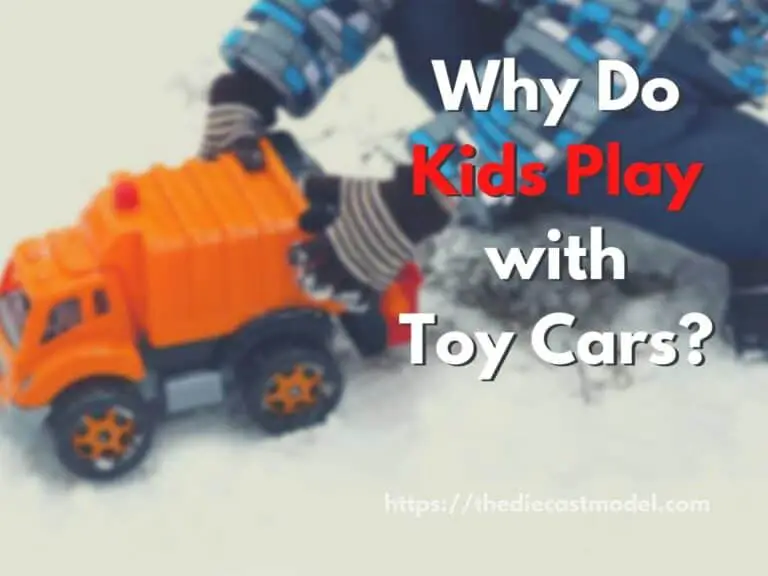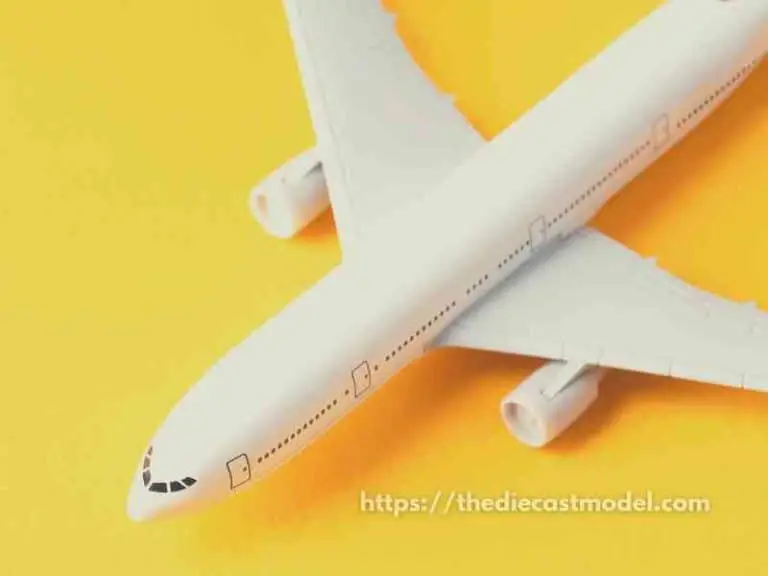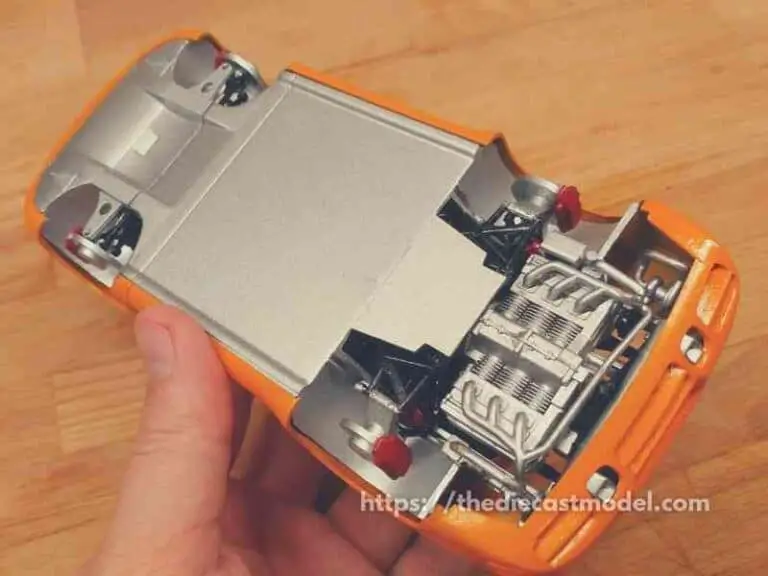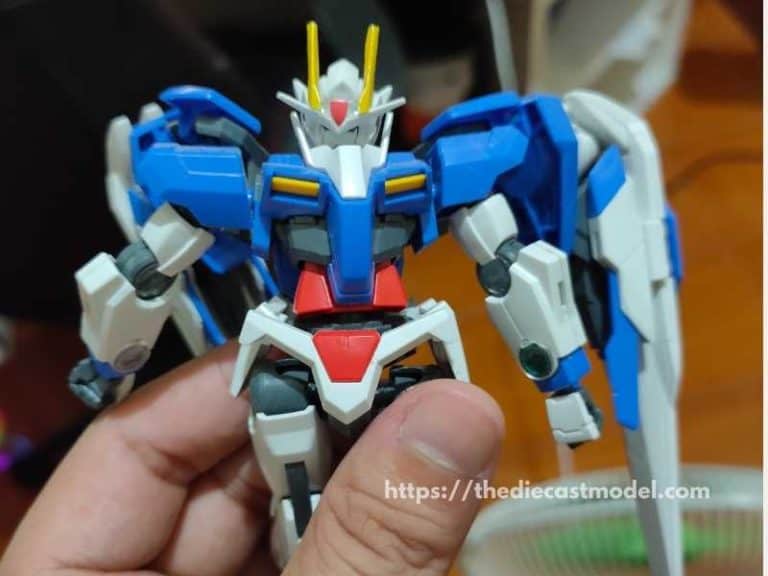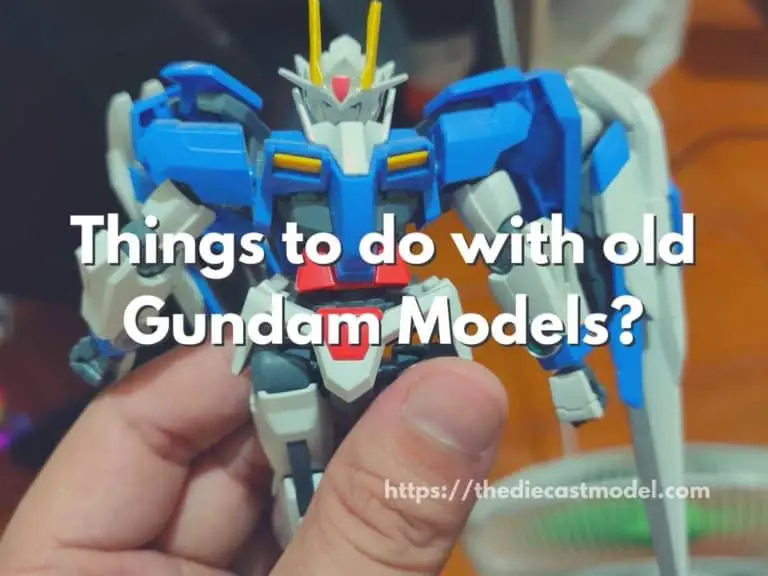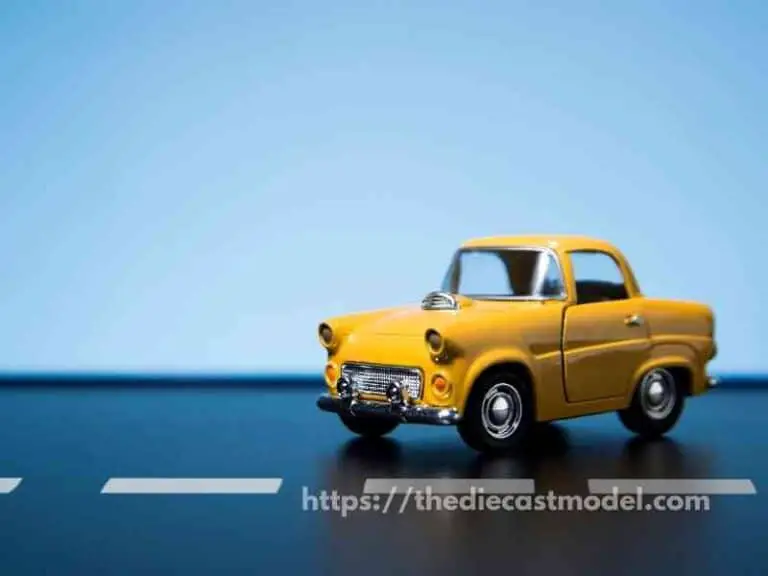Are Matchbox Cars and Hot Wheels in HO Scale?
When going to toy stores, you might have seen those Hot Wheels and Matchbox cars and wondered if you can use them on your train layout. Upon checking their label, you found out they are on the 1:64 scale. Since 60 to 70% of the total train layouts are on the HO scale, you might wonder if these are compatible. This post will talk about the 1:64 and the HO scale.
1/64 scale is not the same as the HO scale. The HO scale uses a 1/87 scale, which is smaller than the 1/64 scale. Instead, the 1/64 scale is also known as the S scale, which is one of the oldest scales in model railroading.
This post will discuss the difference between the HO scale and the scale used in Hot Wheels and Matchbox. Then, we will dive into the history of their scales and if you should use them in your layout.
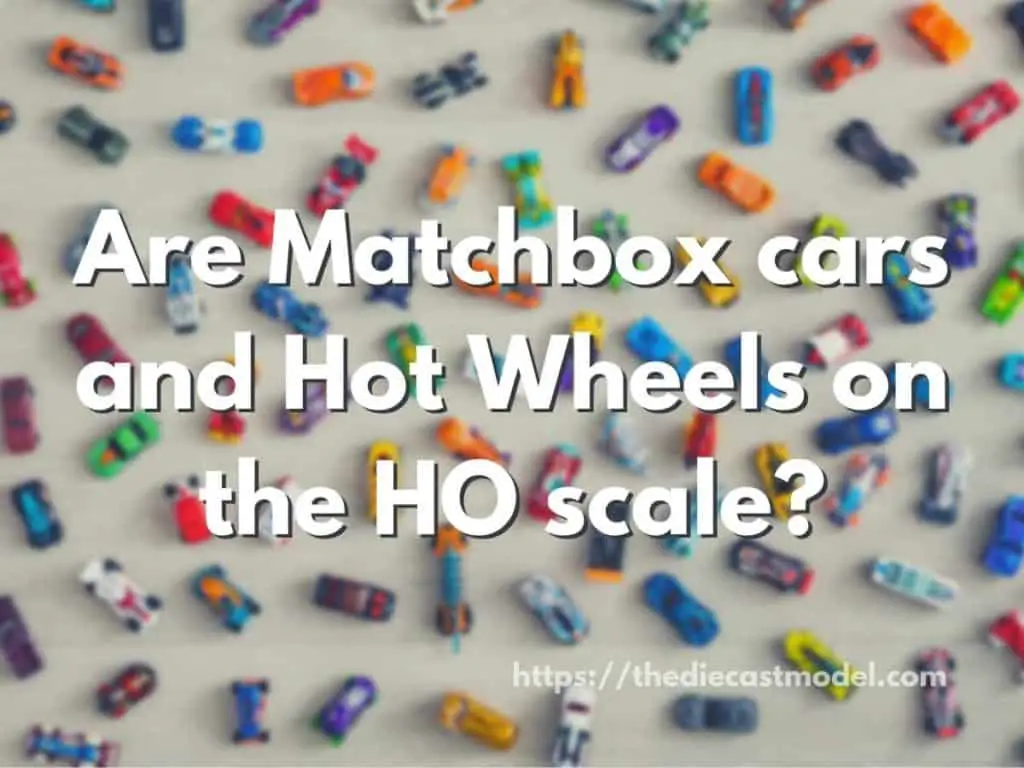
Are Matchbox cars and Hot Wheels on the HO scale?
Matchbox cars and Hot Wheels are not on the HO scale. Instead, they use the S scale or the 1/64 scale. The S scale is less popular than the standard HO or 1/87 scale.
Matchbox cars and Hot Wheels use the S scale. This is known as the 1:64 scale.
This means that the actual cars are 64 times larger than the models.
However, 60 to 70% of the model trains use the HO scale, which is the 1:87 scale. This difference is apparent since you might notice that Hot Wheels and Matchbox cars look a bit larger than HO-sized cars.
This is because their scale is different.
One of the common questions you might ask is why popular model cars use the 1:64 scale while model trains use the 1:87 scale.
To answer that, we need to dive into their history.
Why is the HO scale popular on Model Trains?
The HO scale is popular on model trains because, in the past, trains sizes are measured using gauges. One of the standard train sizes in the past is Gauge 0, which is now known as the O scale. Manufacturers started producing trains half the size of the O scale, now known as the HO or half-O scale.
Chances are, you might wonder why do train and car models use a different scale.
The reason for the difference in their history.
In the early model railroading days, scales are not used when describing model sizes. Instead, they use gauge.
For example, when they say Gauge 0, it is the modern equivalent of the O scale, which is 1:48. If we say Gauge 1, it is equivalent to the 1:32 scale,
This history is also why some modelers call the O scale the “O gauge.” However, take note that gauge is not the same as scale.
Gauge is the distance between rails, and the scale is the model’s size relative to the actual train.
These are different. For example, while different in scale, the HO and the OO scale use the same standard gauge, which is 16.5mm or 0.65 in.
In context, HO uses the 1:87 scale, while OO uses the 1:76 scale.
However, even if it’s wrong, due to its popularity, saying HO gauge or O gauge is now universally accepted and understood as a scale by the model railroading community.
But why am I explaining this? In the old days, gauge 0 was very popular that the O scale became a standard.
Thus, instead of using the 1/64 scale, they used the O scale, which is 1:48.
However, there came a time when manufacturers wanted to produce smaller scales. That’s where they started making train models half the size of the O scale, which became the HO scale.
HO scale became very popular that even manufacturers in Europe made trains that run on their tracks, known as the OO scale.
The reason for the different scales but the same gauge on the OO and HO scale is an exciting story. It came because of some motor issue. If you’re interested, I told that story here: HO vs. OO scale.
But that is why the HO became the standard of model railroading. However, did you know that the 1:64 scale is one of the oldest scales? We will discuss in the next section the 1:64 scale model’s history.
What is the scale of Matchbox cars and Hot Wheels?
The scale used in Matchbox cars and Hot Wheels is the S scale, also known as the 1/64 scale. This scale is one of the oldest scales that was introduced in 1896. Today, this scale is still used on many model cars, trains, and trucks.
Now that you understand the HO scale’s history let’s go to the S scale.
We talked about gauge 0 and why it became the O scale. However, the S scale has a different story, and it started with gauge 1.
But first, let’s start by saying that the 1:64 scale model trains are one of the oldest scales. In fact, the first 1/64 model train was introduced in 1896.
However, since old modelers used gauges to measure the size of the train, the 1:64 scale didn’t become popular.
At that time, this is still not called the S scale.
In 1946, the term S scale came from the NMRA or the National Model Railroading Association. They defined it as half the size of gauge 1.
Since gauge 1 is in the 1:32 scale, the S scale became the 1:64 scale.
Thus, while HO is half the size of gauge 0, the S scale is half the size of gauge 1.
However, the S scale didn’t become famous for model railroaders. Not until Lionel reintroduced it in 1979.
In 1979, Lionel started reintroducing the S scale trains. These trains are in their 1/64 scale and perfectly compatible with Hot Wheels or Matchbox model cars.
However, at that time, the HO scale was already the standard, and switching to the S scale required buying different design layouts, tracks, and locomotives.
The difficulty of switching the scale made it harder for the S scale to enter the market, and the HO scale still dominates model railroading up to this date.
However, this is a different story for Matchbox Cars and Hot Wheels.
Matchbox started as a company that produced model cars that could fit a Matchbox. This is because Jack Odel, co-owner of Matchbox, wanted to create toy cars that could fit a Matchbox so that his daughter could bring it to school.
The interesting thing is that 1:64 became the size where model cars could fit inside the Matchbox. This is because Matchbox became so popular the 1:64 scale became popular.
Later on, Matchbox was sold to Hot Wheels. Since they both dominated the market, 1:64 became a popular scale for model cars and trucks.
This is the history of why model cars and trains have a different scale. However, you could still wonder if they could use these cars on their train layout.
Could you use Matchbox and Hot Wheels for HO layout decoration?
You could use Matchbox and Hot Wheels for HO layout decoration. However, since their scaled are slightly different, you should not use Hot Wheels or Matchbox with HO scale model cars. That way, their size difference in size wouldn’t be evident to others.
So, should you use Matchbox and Hot Wheels for HO layouts?
Well, you can.
While the scale of Matchbox cars and Hot Wheels is different, the difference is only slight that you would only notice if you are extremely keen on details.
However, doing this means you should not use HO scale cars on your layout.
Using HO scale cars could make it obvious that the scale is different from S scale cars.
If you’re only using Hot Wheels and Matchbox cars on your layout, then it wouldn’t be as obvious as using different scale cars.
Thus, if you decide to use only Hot Wheels or Matchbox on your layout, do it and don’t mix it with other scale model cars.
That way, it wouldn’t be as noticeable.
Furthermore, this is not recommended for people who are keen on details. If you want everything to be up to scale, do not use them on your layout.
However, generally speaking, you can use them to have more fun with your layout and simulation. The only thing to note here is not to put both HO and S scale cars on one layout to prevent size comparison.
What’s next? We had a deep history lesson about HO and S scales in this post. Many train model scales have a unique history—notably, the two smallest train scales, which are the Z and T scales. If you are interested in their history and what they are, you may check this post: Z vs. T scale.

